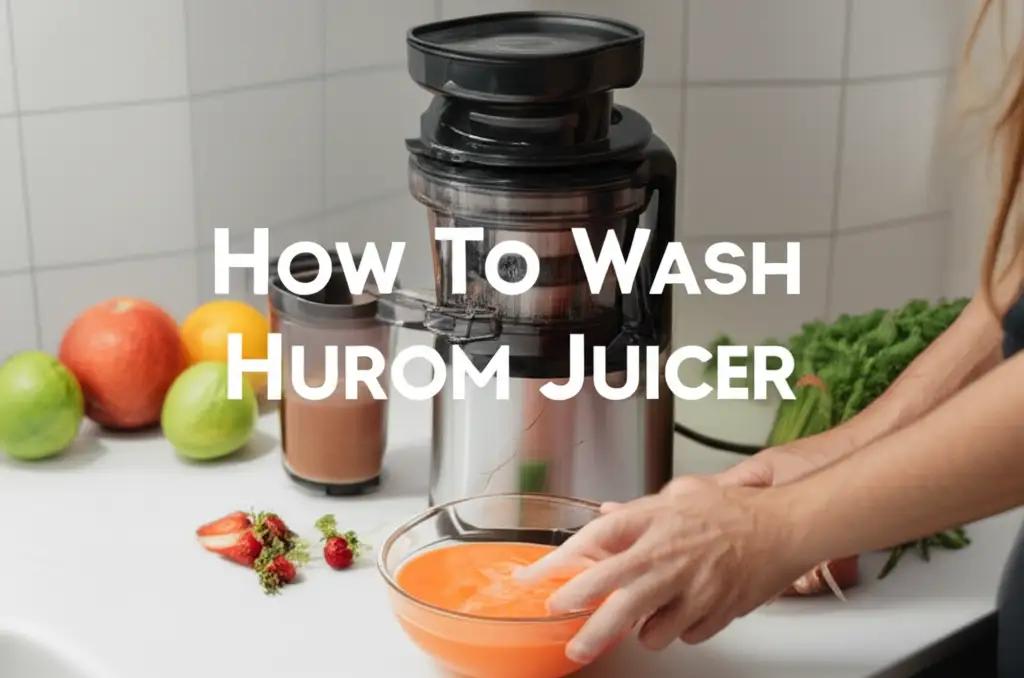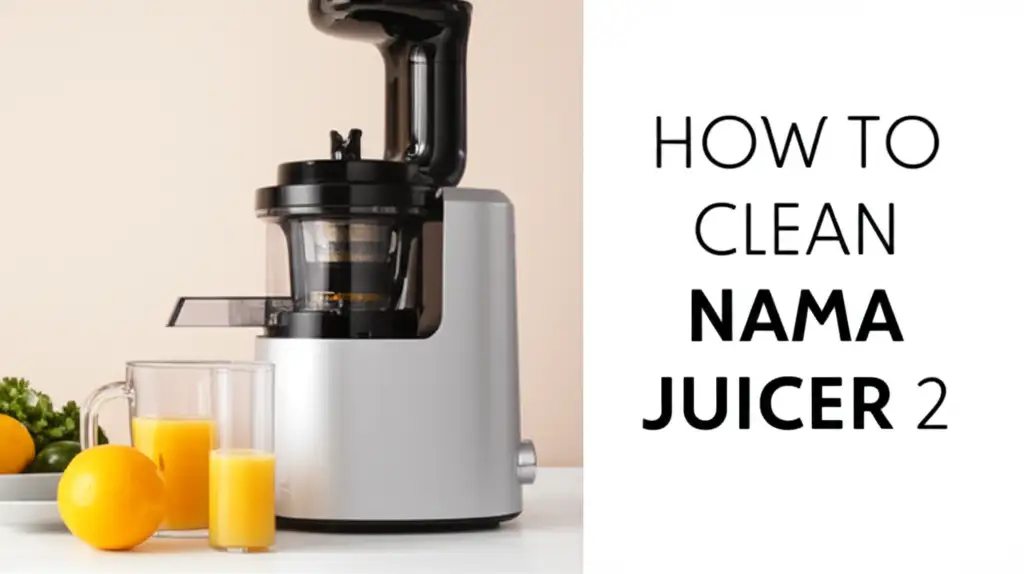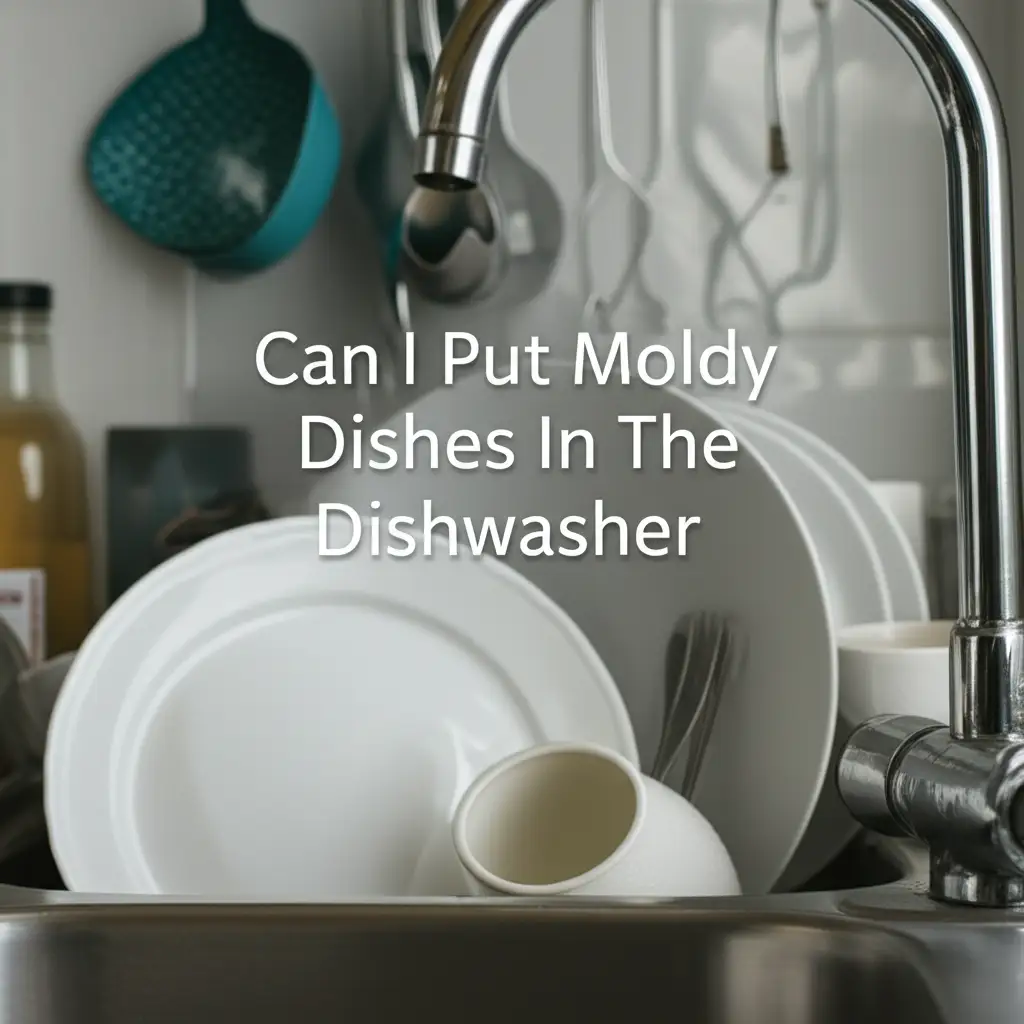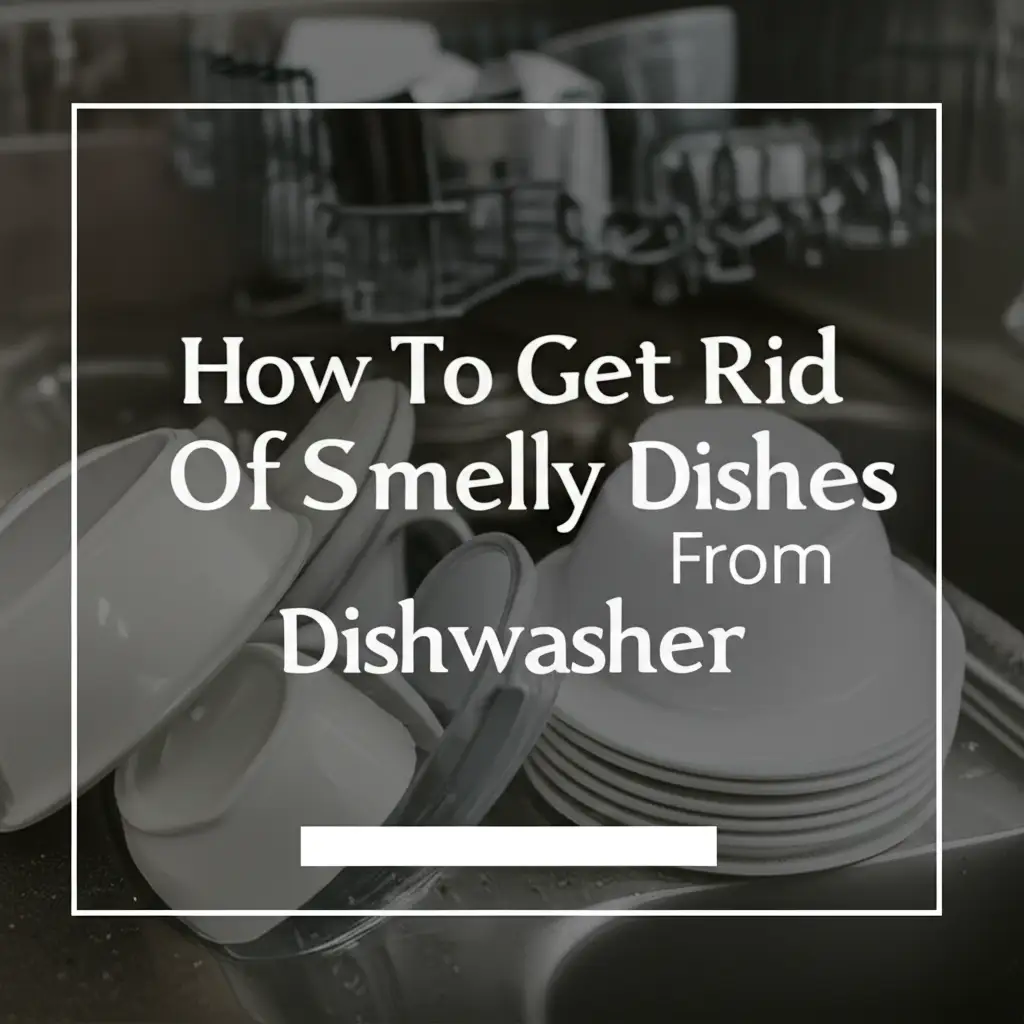· Tessa Winslow · Kitchen Appliance Care · 9 min read
How To Wash Hurom Juicer

Cleaning Your Hurom Juicer: A Simple Guide
You just made a delicious glass of fresh juice with your Hurom juicer. Now, the cleanup part begins. Knowing how to wash your Hurom juicer properly is vital. It keeps your appliance in top condition. This also ensures your next juice tastes just as fresh. I want to help you make this process easy and efficient. This article will show you step-by-step how to clean your Hurom juicer. We will cover daily cleaning and deeper maintenance for lasting performance.
Takeaway
- Clean immediately: Disassemble and rinse parts right after juicing to prevent pulp from drying.
- Use the right tools: The included cleaning brush is essential for mesh strainers.
- Hand wash recommended: Most Hurom parts are not dishwasher safe; always check your manual.
- Dry thoroughly: Air dry all components completely before reassembling to prevent mold.
- Deep clean regularly: Soak parts in warm soapy water for stubborn pulp or stains.
To wash your Hurom juicer, immediately disassemble all removable parts after use. Rinse them thoroughly under running water to remove pulp. Use the provided cleaning brush, especially for the fine mesh strainer, to scrub away any remaining residue. Air dry all components completely before storage.
Why Immediate Hurom Juicer Cleaning Matters
Cleaning your Hurom juicer right after you finish making juice is very important. I always clean mine immediately. This prevents pulp and fiber from drying onto the parts. Dried pulp can become very hard and sticky. It is much more difficult to remove later. Dried juice residue can also become a breeding ground for bacteria. You want to avoid that for your health.
Cleaning promptly also helps maintain your juicer’s performance. When residue builds up, it can block the fine mesh strainer. This reduces the juicer’s efficiency over time. It makes your motor work harder. This can shorten the lifespan of your appliance. A quick rinse saves you a lot of effort in the long run. It also keeps your Hurom juicer running smoothly for years.
Essential Tools for Washing Your Hurom Juicer
Having the right tools makes cleaning your Hurom juicer simple. Most Hurom juicers come with specific cleaning brushes. These tools are designed for the unique parts of your juicer. You will find them incredibly useful for getting into tight spots. Do not throw these brushes away!
One key tool is the rotating cleaning brush. This brush fits perfectly over the strainer. It helps to quickly remove pulp from the tiny holes. Another smaller brush helps clean the auger and other components. You will also need a soft sponge or cloth for general washing. A mild dish soap is also necessary. Using gentle cleaning agents protects the juicer’s materials. Harsh chemicals can damage plastic parts or seals over time.
Step-by-Step Daily Washing of Your Hurom Juicer
Washing your Hurom juicer daily is a quick process if done right after use. I follow these steps every time. First, turn off and unplug your juicer. This is a safety step you should never skip. Then, start disassembling the top set of parts. Remove the pulp container and juice cup.
Next, take off the hopper, pushing rod, and the main chamber assembly. Carefully separate the auger, strainer, and spinning brush. Hold each part under warm running water. Rinse away all loose pulp. Use the small cleaning brush to scrub the auger and spinning brush. Pay special attention to the fine mesh strainer. Use the rotating brush here to remove all trapped fibers. This ensures the strainer remains clear for efficient juicing. After rinsing, place all parts on a drying rack. Ensure they are fully dry before putting them back together.
Deep Cleaning Your Hurom Juicer for Stubborn Stains
Sometimes, daily washing is not enough. Pulp can dry in hard-to-reach areas. Certain fruits and vegetables, like carrots or leafy greens, can leave stains. For a deep clean, I like to soak the parts. Fill your sink or a large basin with warm water. Add a few drops of mild dish soap. Submerge all removable parts into the soapy water.
Let them soak for about 15-30 minutes. This helps loosen dried pulp and softens stains. After soaking, use your cleaning brushes to scrub the parts again. You might find it easier to remove stubborn bits. For discoloration, a mixture of water and a small amount of white vinegar can help. Soak the stained parts in this solution for a short time. Then, scrub and rinse well. Remember to rinse all soap residue completely before drying. This deep cleaning keeps your juicer looking new and running its best. Just as you might clean a refrigerator for hygiene, a deep clean for your juicer is equally important.
Maintaining Your Hurom Juicer’s Longevity
Proper care extends your Hurom juicer’s life. Beyond cleaning, how you handle and store it matters. Always ensure all parts are completely dry before reassembling. Trapped moisture can lead to mold growth. It can also cause unpleasant odors. I usually let my parts air dry on a clean towel for several hours. Sometimes, I leave them overnight.
Store the juicer in a cool, dry place. Protect it from dust and direct sunlight. Avoid using abrasive sponges or harsh chemicals. These can scratch or damage the plastic and silicone parts. Gentle washing protects these surfaces. While some kitchen items like silicone mats can be washed in the dishwasher, most Hurom juicer parts are not dishwasher safe. Always refer to your specific model’s manual. This simple care routine keeps your juicer running efficiently for many years. Think of it like taking care of your plastic patio furniture; proper maintenance prevents damage and keeps things looking good.
Common Washing Mistakes to Avoid
When cleaning your Hurom juicer, some mistakes can cause damage. Avoid putting parts in the dishwasher unless your manual says it is safe. High heat from dishwashers can warp plastic components. It can also degrade seals. This will cause leaks or reduce juicer performance. I always hand wash my Hurom parts to be safe.
Another mistake is using abrasive cleaners or scrubbers. Steel wool or harsh chemical sprays can scratch the plastic surfaces. These scratches can then trap food particles. This makes future cleaning harder. It also makes the juicer look worn. Always stick to soft sponges and mild dish soap. Finally, do not force parts together when reassembling. If something does not fit, check the alignment. Forcing parts can break them. Careful handling ensures your juicer lasts.
Troubleshooting Cleaning Challenges
Sometimes, you might face specific cleaning challenges with your Hurom juicer. Dried pulp can get stuck in the strainer holes. If soaking does not work, try a thin toothpick or a needle. Gently poke out the stubborn bits. Be careful not to widen the holes or damage the mesh. For a very sticky residue, a soft toothbrush can offer more scrubbing power than the included brushes.
If your juicer develops an odor, it is likely due to trapped old juice or mold. A thorough deep clean with vinegar can help. Mix equal parts white vinegar and water. Soak the affected parts for an hour. Then, scrub well and rinse thoroughly. Air dry completely in a well-ventilated area. If parts are stained, especially from carrots or beets, sunlight can help. Place the stained plastic parts in direct sunlight for a few hours. The UV rays can help fade the discoloration. This trick often works wonders.
Frequently Asked Questions
Q1: Can I put Hurom juicer parts in the dishwasher? No, most Hurom juicer parts are not safe for the dishwasher. High heat can warp plastic components and damage seals. Always hand wash your juicer parts using mild dish soap and warm water. Refer to your specific model’s manual to confirm dishwasher compatibility, but generally, it is best to avoid it.
Q2: How often should I deep clean my Hurom juicer? You should deep clean your Hurom juicer at least once a week if you use it daily. If you use it less often, a deep clean every few uses is sufficient. This helps prevent the buildup of stubborn pulp and stains. It also maintains optimal performance and hygiene.
Q3: What if I have trouble removing dried pulp from the strainer? If dried pulp is stuck in the strainer, soak the strainer in warm, soapy water for 15-30 minutes. Use the specialized rotating cleaning brush provided with your Hurom juicer. For very stubborn bits, a toothpick or a soft bristled toothbrush can help dislodge them gently.
Q4: How do I remove stains from my juicer’s plastic parts? For stains from colorful produce like carrots or beets, soak the stained parts in a solution of water and a small amount of white vinegar. After soaking, scrub the parts thoroughly. Placing the stained plastic parts in direct sunlight for a few hours can also help fade the discoloration naturally.
Q5: Is it safe to use bleach to clean my Hurom juicer? No, it is not safe to use bleach on your Hurom juicer parts. Bleach can damage the plastic and rubber components. It can also leave behind harmful residues. Stick to mild dish soap, white vinegar, or baking soda solutions for safe and effective cleaning.
Q6: What parts of the Hurom juicer need cleaning? All removable parts that come into contact with juice or pulp need cleaning. This includes the hopper, pushing rod, juicing chamber, auger, fine strainer, spinning brush, pulp container, and juice cup. The main motor base should be wiped with a damp cloth, never submerged in water.
Conclusion
Taking care of your Hurom juicer means cleaning it well. Proper cleaning ensures every glass of juice is fresh and healthy. You keep your juicer working for a long time. Remember to disassemble parts quickly after juicing. Rinse them under warm water. Use your special cleaning brushes. They are designed for this task. I hope these steps help you keep your Hurom juicer in top shape. Regular cleaning not only maintains hygiene but also extends the life of your valuable appliance. Make cleaning a quick, easy part of your juicing routine. Your juicer will thank you for it! Start your cleaning routine today for a healthier, happier juicing experience.





